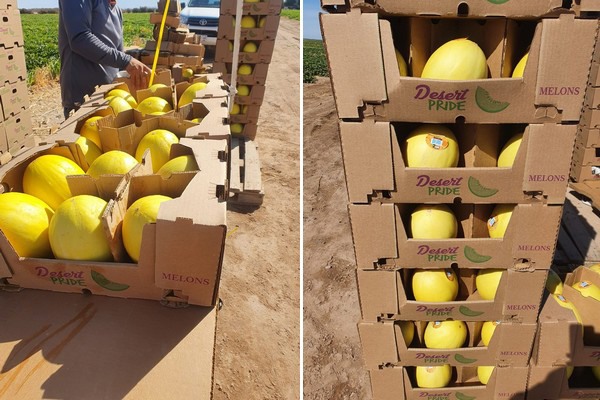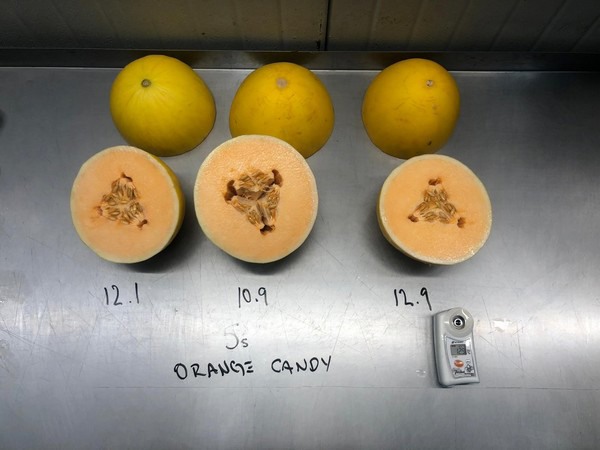 Melons may not be the first fruit to think of during the winter months, but even this time of year, there is good demand for core varieties like Honeydew, seedless watermelons, and miniature watermelons. These melon varieties are all grown in the states of Nayarit, Colima, and Jalisco in Mexico and harvested between mid-December and late March. “We pride ourselves on having fruit with good flavor during the winter months,” says Mikee Suarez with MAS Melons & Grapes. “Although good flavor this time of year is easier said than done, it is one of our keys to success. With the hard work and years of growing experience from our Southern Mexico growing partners, we consistently receive high-quality fruit with great taste for our customers in the US and overseas.”
Melons may not be the first fruit to think of during the winter months, but even this time of year, there is good demand for core varieties like Honeydew, seedless watermelons, and miniature watermelons. These melon varieties are all grown in the states of Nayarit, Colima, and Jalisco in Mexico and harvested between mid-December and late March. “We pride ourselves on having fruit with good flavor during the winter months,” says Mikee Suarez with MAS Melons & Grapes. “Although good flavor this time of year is easier said than done, it is one of our keys to success. With the hard work and years of growing experience from our Southern Mexico growing partners, we consistently receive high-quality fruit with great taste for our customers in the US and overseas.”
New variety
In addition to honeydew melons, miniature watermelons, and seedless conventional watermelons, MAS is also offering a new variety, the orange candy melon. “We have just completed one full calendar year of offering this melon type to the US as well as export markets,” said Suarez. It is an orange flesh melon with a bright yellow exterior. “The flavor is similar to a cantaloupe and very juicy.” MAS Melons & Grapes has steadily increased acreage of the orange candy variety and expects to continue this trend due to strong demand. Originally, the variety was planted for a customer in Japan. From there, demand picked up swiftly and the item has now gained much popularity with the company’s customer base in the US. “With its excellent flavor and beautiful yellow exterior, the variety attracts a good audience.”

Transitioning April
In late March/early April, watermelon production will transition from Southern Mexico to the Northern part of the country. Soon after that, other items will follow and as of right now, the transition time looks to be average and without delays. Although weather has been colder in Northern Mexico these past weeks, it is normal for the time of year. Once production has moved to Northern Mexico, MAS Melons & Grapes will run its spring/summer deal from mid-April until early July. Products offered include table grapes, honeydew melons, watermelons, miniature watermelons, orange candy melons, and some zucchini and yellow squash as well.

Whether domestic or overseas, the transportation piece of the supply chain has been the most difficult variable to predict this season. Starting with overseas shipments, they have incurred delays and cancellations due to port loading/unloading delays, container shortages, and labor shortages. When it comes to overland freight, Suarez has been experiencing a 30 percent price increase over normal market prices compared to the same time two to three years ago. “In theory, these added costs incurred to move the product will in the short run eat into product cost but will soon become an extra cost to consumers if the high rates persist.” This doesn’t just apply to produce, but any product that is shipped. “We hope the cost increases will soon be remedied with new technology and driver hiring programs.”
 For more information:
For more information:
Mikee Suarez
MAS Melons & Grapes
Ph: +1 (520) 377-2373
Mikee@masmelons.com
www.masmelons.com
